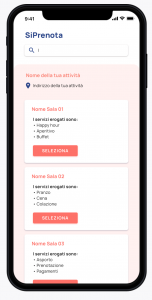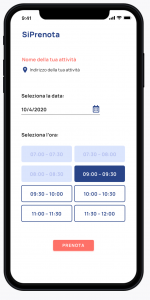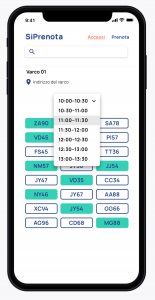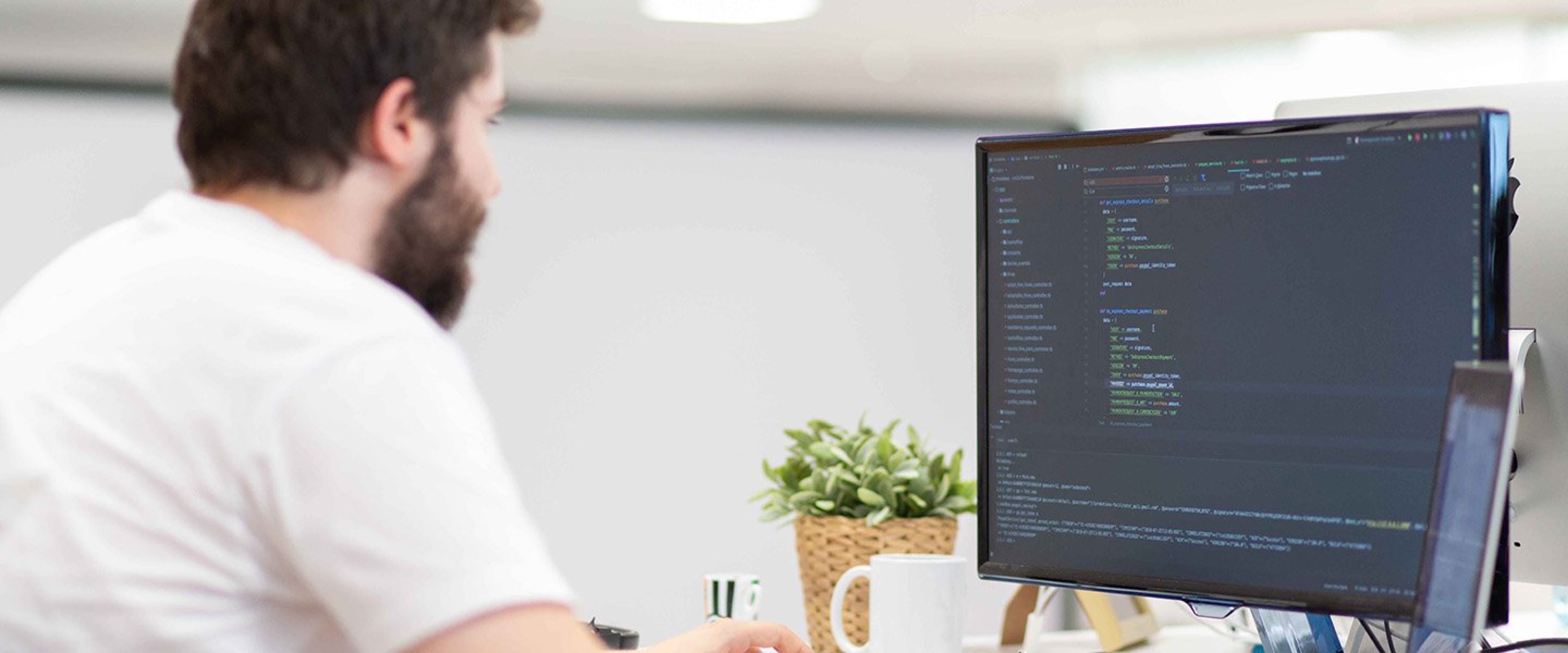SiPrenota is born: an app to manage bookings in commercial activities
The result of the collaboration between designer, developer and marketing strategist
The idea starts from a market need
Covid-19 has upset the way people approach different services. The new social distancing procedures have reduced the number of people who can simultaneously access a space. As citizens we demand that our community offer us safe and contagion-proof services, and as merchants we would like the rules to guarantee the continuity of our business.
Identifying ourselves in both roles, we noticed that the current access management solutions were unsuitable, difficult to use and had to be rethought by putting the user at the center. We have therefore designed and created SiPrenota, a platform to combine supply and demand in the simplest possible way.
Each activity has its own peculiarities, its own way of managing reservations, services that last an undefined variable period. The tool must be versatile but at the same time provide a basic infrastructure defined to not develop the components for each customer from scratch, thus increasing costs and pushing the product out of the market.
Create the right tool, for the right target and with the right price
We took advantage of our knowledge in access management and we structured an agile solution, suitable for any type of business or public office, trying to promptly solve not only their current needs but trying to create something that had value even in the post-Covid.
Unlike the queue eliminators that we have made in the past, in this case we do not book a service but access to a space: the user’s residence times are therefore extremely variable, unpredictable, the user has the right to use one free space and we must foresee permanence.
The process
Our process consists of several phases, different skills follow each other which, at the end of the work week, each find concrete representation in the output that is generated.
We always start from hypotheses (not beliefs). What problem do we solve? Which solution is the best? Which target are we going to meet? Which channel do we use to bring the solution to the target?
We made a bet and we took the problem for granted (because it seems obvious, but in practice it is a mistake not to validate the problem), the rest we validated with real tests on the market.
Three teams, three phases of the project
Design
The challenge of the design team was to quickly build a User Experience that was the best both for a user who wants to book a blood sample and for a customer of a shopping center and a multiplicity of other targets.
The wireframes produced by our designers quickly became our solution validation tool, while still working on moodboards and graphics.
Development
The development team, in addition to developing this MVP, soon found itself having to face the requests of numerous companies that, intrigued by the service, asked for demos or even signed quotes to have SiPrenota immediately in their activities.
Strategy
Everyone had to face the emergency and adopt security measures, but the solution we devised may not have been the right one. Each commercial sector and each type of shop have needs that are not well explained, certainly different from the others and changing over time. So we did a great job of designing and planning the validation activities, we created the landing pages on which to land the target using the mockups prepared by the design. Goal to validate solution and target.

Are you interested in these projects’ insights? We share them with the subscribers to our Exploratorium, find out more about this experimental lab clicking here 👉 https://exploratorium.uqido.com/
WHAT’S EXPLORATORIUM
Exploratorium is Uqido’s laboratory where every week we project, develop and launch on the market a new digital product.
Made of developers, designers and marketing strategists coming from places like IDEO, YCombinator, Sony and M31, our MVP Lab creates and launch every week a new prototype and, with techniques of Growth Hacking, Lean methodologies and Design Sprint, it collects the feedbacks of the market.





